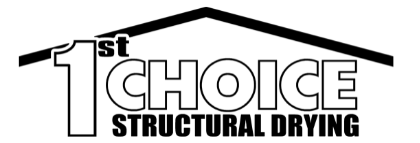The Impact of Water Damage
Water damage is more than just an inconvenience; it’s a pervasive issue that can have far-reaching consequences for both residential and commercial properties. When water infiltrates a structure, it doesn’t just leave behind a mess—it initiates a series of events that can compromise the health, safety, and financial stability of property owners and occupants. Understanding the depth of these impacts is the first step in appreciating the necessity of prompt and effective intervention.
Health Risks: The presence of excess moisture creates an ideal environment for mold and mildew growth. These fungi can proliferate within 24 to 48 hours of water exposure, releasing spores that pose serious health risks, especially to individuals with allergies, asthma, or compromised immune systems. Beyond mold, water damage can also expose occupants to harmful bacteria and toxins, depending on the water’s source.
Structural Integrity: Water can weaken building materials, from swelling wood to corroding metals and deteriorating drywall. Over time, the structural integrity of the property can be significantly compromised, leading to costly repairs and, in severe cases, complete rebuilds. The longer water remains unaddressed, the greater the risk to the building’s foundational strength.
Financial Implications: The immediate costs associated with water damage restoration can be steep, but delaying restoration efforts only exacerbates the problem, leading to higher expenses. Insurance may cover some of the costs, but not all types of water damage are covered, and claims can be complicated by evidence of negligence, such as delayed repairs. Moreover, the loss of use of the affected property can add to financial pressures, especially for businesses that may face operational downtime.
Given these impacts, it’s clear that water damage is a critical issue that demands a swift and effective response. Traditional methods of water damage restoration have offered some solace in the past, but they often fall short of addressing the full spectrum of challenges presented by water damage. This is where 1st Choice Structural Drying’s innovative approach comes into play, offering not just a remedy, but a comprehensive solution designed to mitigate health risks, preserve structural integrity, and minimize financial burdens.
Traditional Water Damage Restoration Methods
Understanding the traditional approaches to water damage restoration provides a baseline against which the innovative techniques of 1st Choice Structural Drying can be appreciated. Historically, the industry has relied on a combination of manual labor and conventional drying equipment to address the aftermath of water intrusion. While these methods have been instrumental in mitigating damage in countless scenarios, they often come with limitations that can affect the efficiency, effectiveness, and overall outcome of the restoration process.
Manual Inspection and Removal: Initially, water damage restoration involves a thorough inspection to assess the extent of the damage, followed by the manual removal of standing water using pumps and vacuums. This stage is crucial but time-consuming, and the effectiveness largely depends on the skill and thoroughness of the technicians.
Air Movers and Dehumidifiers: Once the standing water is removed, the drying process begins. Conventional methods employ air movers and dehumidifiers to evaporate moisture from walls, floors, and furnishings. This process can take several days to weeks, depending on the severity of the damage and the equipment’s capacity.
Mold and Mildew Treatment: Traditional restoration efforts also include treatments to prevent mold and mildew growth, typically involving chemical agents. While effective to some extent, these chemicals can pose health risks and may not be suitable for all environments.
Reconstruction and Repairs: Finally, damaged materials often need to be removed and replaced, a process that can be both disruptive and costly. Traditional restoration methods tend to focus on the visible effects of water damage, sometimes overlooking the underlying issues that could lead to future problems.
These traditional methods, while foundational to water damage restoration, have notable drawbacks. The reliance on manual techniques and mechanical drying can extend the restoration timeline, exacerbating the inconvenience to property owners and increasing the risk of secondary damage, such as mold growth. Additionally, these methods can be less effective in addressing water that has penetrated deep into structural elements, leaving residual moisture that can cause long-term issues.
In contrast, 1st Choice Structural Drying’s innovative approach leverages advanced technology and scientific principles to overcome these challenges, offering a faster, more thorough, and environmentally friendly solution to water damage restoration. As we move forward, we’ll delve into these innovative techniques and how they redefine the recovery process, ensuring comprehensive and lasting restoration results.

